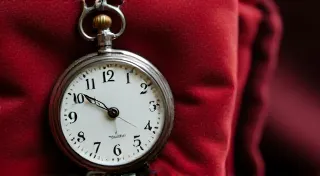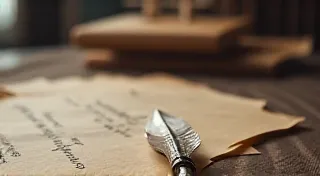Chromatic Aberration of Time: When Radio History Refracts Through Tubes
There’s a certain melancholy that clings to the workshop where I spend my evenings. It's not a sadness born of loss, but rather a poignant recognition of the echoes of lives lived, stories told, and music shared, all preserved within the delicate glass and metal of vintage radio vacuum tubes. Each tube, a tiny vessel, holds a refracted glimpse of a bygone era, a moment distorted yet vibrant, like light passing through a flawed lens. It’s a chromatic aberration of time, and the meticulous process of testing them allows us to witness it.
I didn’t start out as a radio restorer. My initial attraction was purely aesthetic. I’m a photographer, drawn to the beauty of decay, the elegance of forgotten objects. Antique radios, with their rich wood cabinets and intricate dials, possessed a beauty that captivated me. But beauty is more than skin deep. I soon realized that the true soul of these radios resided in the tubes – the glowing hearts that brought them to life.
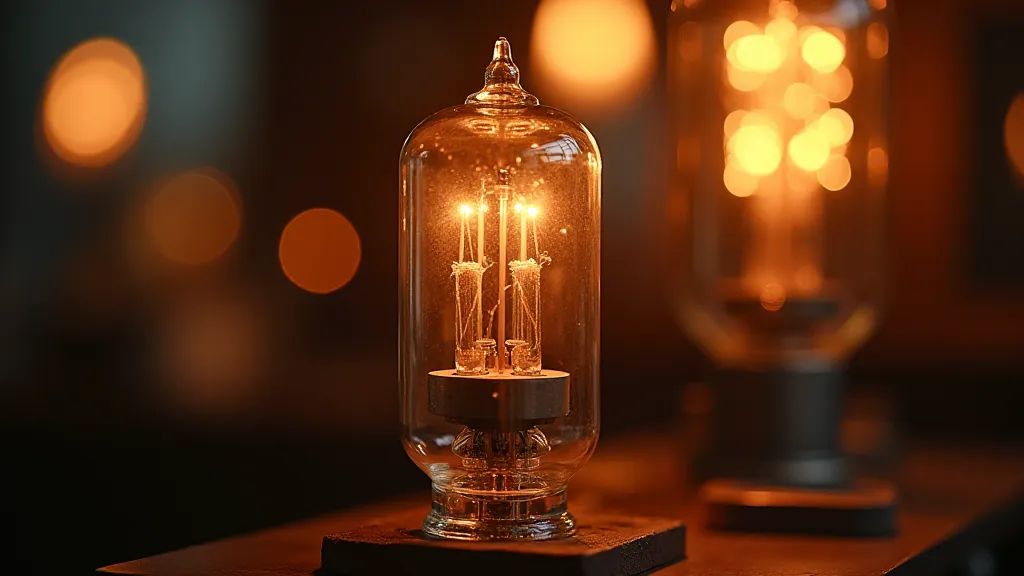
The Language of Glass and Metal
The first tube I tested felt almost ceremonial. I'm not an electrical engineer; my knowledge was largely self-taught, pieced together from dusty manuals and online forums. That first tester, a clunky, early model, hummed with an almost tangible history. It was purchased from a ham radio enthusiast who's been repairing and collecting radios for nearly sixty years. He imparted a crucial piece of advice: "Respect the tubes. They’re not just components; they’re artifacts."
He was right. Each test – the gentle probing of the contacts, the careful observation of the meter's needle – felt like an interrogation of history. Was this tube from a household wedding announcement, broadcast across a crackling signal? Did it serenade a lonely soldier far from home? Or did it simply provide entertainment during a family gathering on a snowy evening? The answers, of course, are lost to time. But the tube, with its markings and its performance, provides a tangible link to those possibilities.
Understanding the markings on the tubes themselves is a fascinating study in its own right. From the early RCA tubes with their elegant, hand-applied lettering, to the later Sylvania and Westinghouse examples, each company had its own style and its own manufacturing techniques. Deciphering these markings isn't just about identifying the tube; it's about understanding its place in the evolution of radio technology. It’s a glimpse into the manufacturing landscape of the 50s and 1960s - a period of innovation and expansion.
The Craftsmanship of Forgotten Engineers
What consistently strikes me is the sheer quality of the construction. These weren’t mass-produced, disposable items. The glass was thick and flawless, the filaments meticulously crafted, the internal components carefully aligned. These were built to last, designed to perform a specific task with unwavering reliability. They represented a level of craftsmanship that is rarely seen in today’s throwaway culture. Consider the precision needed to create those tiny getter flashes, designed to draw out residual gases and prolong tube life. It speaks of a culture focused on durability and performance, a world away from the planned obsolescence that dominates much of modern manufacturing.
I'm not a technically brilliant person; I can barely solder a decent connection some days. But I appreciate the skill required to design and manufacture these components. There's a profound respect that grows with each successful test, with each tube that is brought back to life. When a radio that had been silent for decades begins to hum again, filling a room with the nostalgic crackle of a bygone era, it's a truly rewarding experience.
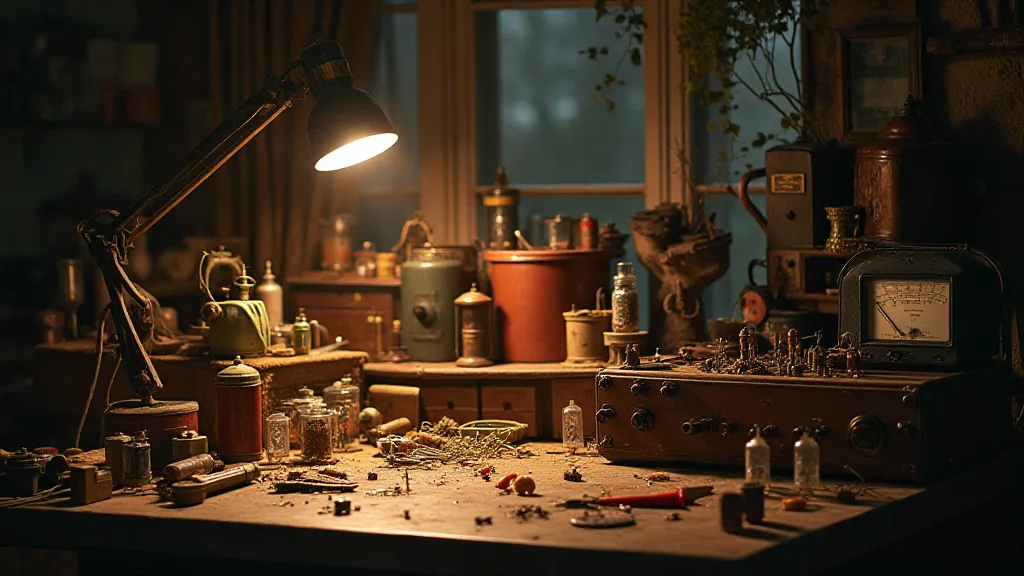
More Than Just Numbers
The tube tester itself – often another antique – is an instrument of fascinating complexity. Early models were often simple, relying on basic voltage and current measurements. Later testers became more sophisticated, incorporating more complex circuits to assess factors like shorts, emissions, and microphonics. Many of them are electromechanical marvels in their own right, showcasing the ingenuity of early electronics engineers. Some even have their own quirks and idiosyncrasies, requiring careful calibration and understanding.
It's tempting to rely solely on the numbers provided by the tester. "Good" or "Bad." But those numbers only tell part of the story. Sometimes a tube might register slightly outside the nominal range but still perform admirably when installed in a radio. There's a certain art to interpreting those readings, to understanding the nuances of tube performance. There's a subtle intuition that develops over time, a sense of what a tube *should* sound like, feel like, *be* like. This is where the true connection to the past is forged.
Preserving Echoes
My workshop isn’t just a place to repair radios. It’s a sanctuary, a place to reconnect with a simpler time. To slow down, to appreciate the beauty of imperfection, to honor the ingenuity of those who came before. It’s a tangible link to a world where quality mattered, where craftsmanship was valued, and where radio wasn’t just a source of entertainment but a vital thread in the fabric of community.
The process of testing and restoring antique radios is more than just a hobby; it’s an act of preservation. We are rescuing these objects from obscurity, ensuring that their stories continue to be told. Each restored radio is a testament to the enduring power of human ingenuity, a reminder that even the smallest components can hold a universe of history.
Perhaps the most moving aspect of this pursuit is the occasional correspondence I receive from people who have lost loved ones, who are restoring radios that belonged to them. These radios are not just electronic devices; they are vessels of memory, conduits to the past. To help them reconnect with those memories is a privilege.
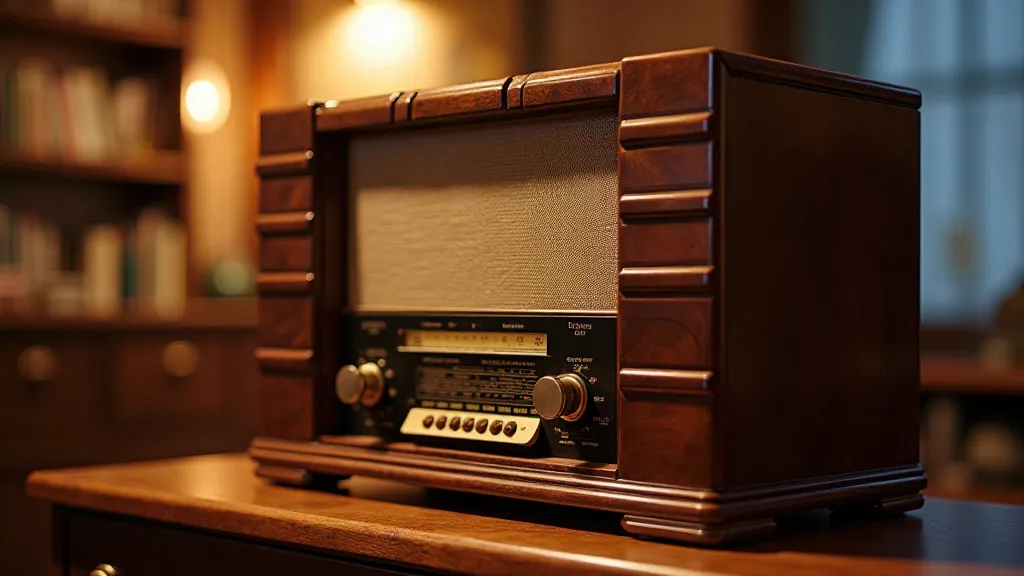
A Continuing Journey
The world of vintage radio restoration is a journey, not a destination. There's always more to learn, more to discover. Each new tube tested, each new radio brought back to life, deepens my appreciation for the artistry and ingenuity of the past. And as the needles on the tube tester dance, reflecting the faint glow of the filaments, I am reminded that even in the smallest of objects, the echoes of history continue to resonate.

